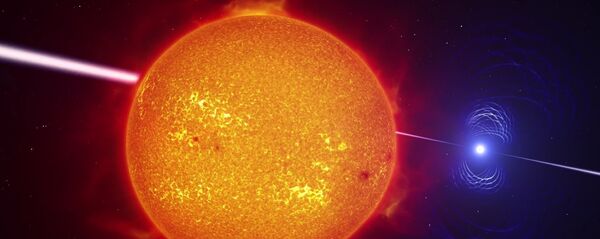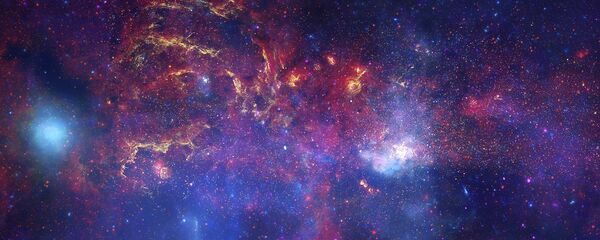Only 212 light years from our Sun, the Carina Nebula is a relatively promising spot to track down exoplanets. One region in particular, dubbed the Carina association, contains a large circumstellar disk surrounding dwarf star AWI0005x3s.
This disk was found not by the professionals, however, but by eight citizen-astronomers, as part of a NASA-led project.
"Without the help of the citizen scientists examining these objects and finding the good ones, we might never have spotted this object," said Marc Kuchner, an astrophysicist with NASA’s Goddard Space Flight Center, according to a NASA news release.
A paper detailing the discovery has been published in The Astrophysical Journal Letters.
"I’ve loved astronomy since childhood and wanted to be part of the space program, as did every boy my age," said Milton Bosch, one of the co-authors.
"I feel very fortunate to be part of such a great group of dedicated people, and am thrilled to partake in this adventure of discovery and be a co-author of this paper."
"Unravelling the mysteries of our universe, while contributing to the advancement of astronomy, is without a doubt a dream come true," said Hugo Durantini Luca, another citizen co-author, according to Phys.org.
Through NASA’s Disk Detective website, anyone can comb through data gathered by the Wide-field Infrared Survey Explorer (WISE) mission.
"The WISE mission alone found 747 million objects, of which we expect a few thousand to be circumstellar disks," Kuchner added.
Circumstellar disks account for most of the exoplanets that have been imaged to date.
"Most disks of this kind fade away in less than 30 million years," said Steven Silverberg, a graduate student at Oklahoma University and lead author of the paper.
"This particular red dwarf is a candidate member of the Carina association, which would make it around 45 million years old. It’s the oldest red dwarf system with a disk we’ve seen in one of these associations."



